Optimal Timing for Window Installations
Understanding the optimal timing for Windows installations can help ensure smooth deployment and minimal disruption. Factors such as seasonal weather conditions, system readiness, and project schedules influence the best window for installation tasks. Proper planning can lead to faster setup and better performance outcomes.
Spring and fall are often ideal due to moderate weather, reducing risks related to extreme temperatures or storms during installation.
Perform installations when hardware and software are fully prepared, avoiding periods of high operational demand.
Schedule during low-traffic periods to minimize impact on daily operations and ensure personnel availability.
Align with scheduled maintenance periods to streamline updates and reduce downtime.

Optimal weather conditions facilitate smooth setup processes.

Ensuring hardware is ready aligns with scheduling for minimal delays.
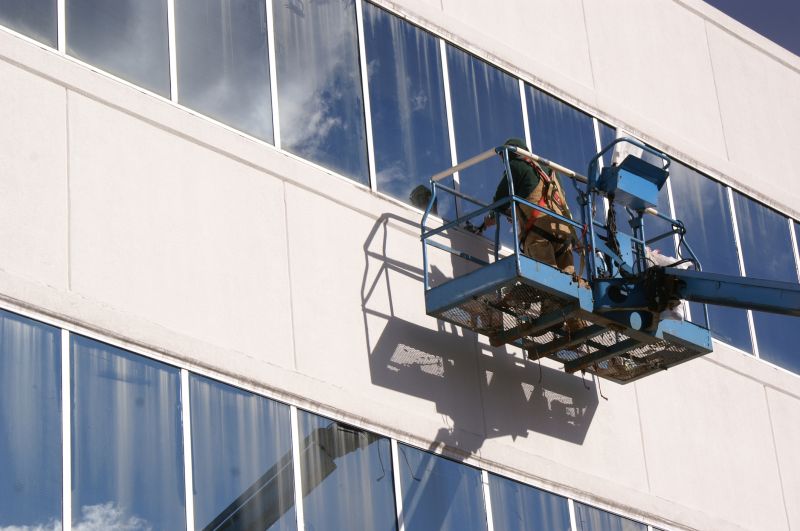
Scheduling during low-traffic periods reduces operational impact.
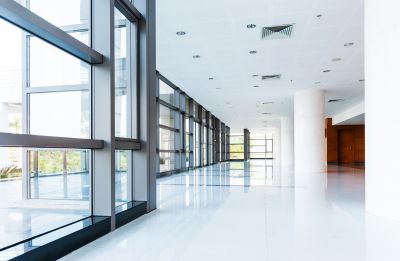
Ways to make Windows Installations work in tight or awkward layouts.

Popular materials for Windows Installations and why they hold up over time.
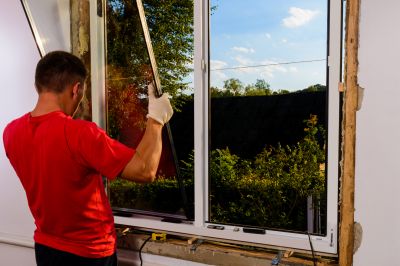
Simple add-ons that improve Windows Installations without blowing the budget.

Installation during weekends minimizes business interruption.

Timing during scheduled maintenance ensures smooth deployment.
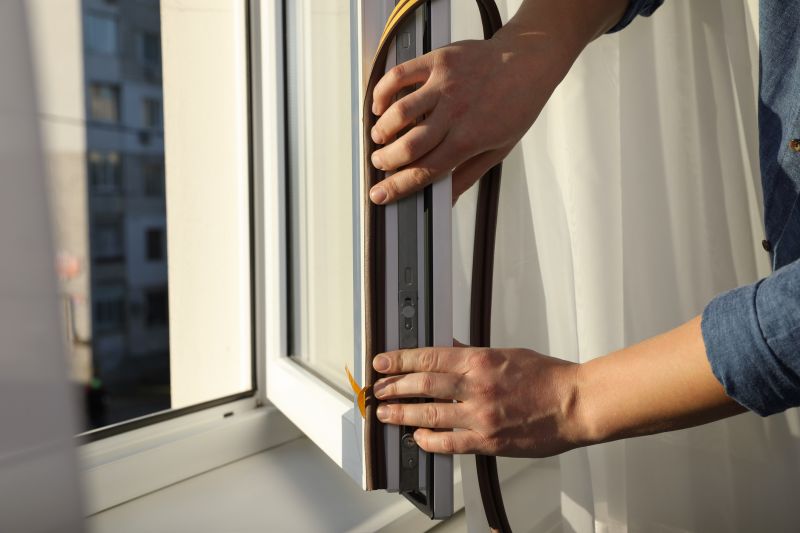
Off-hours installation reduces disruptions to daily routines.
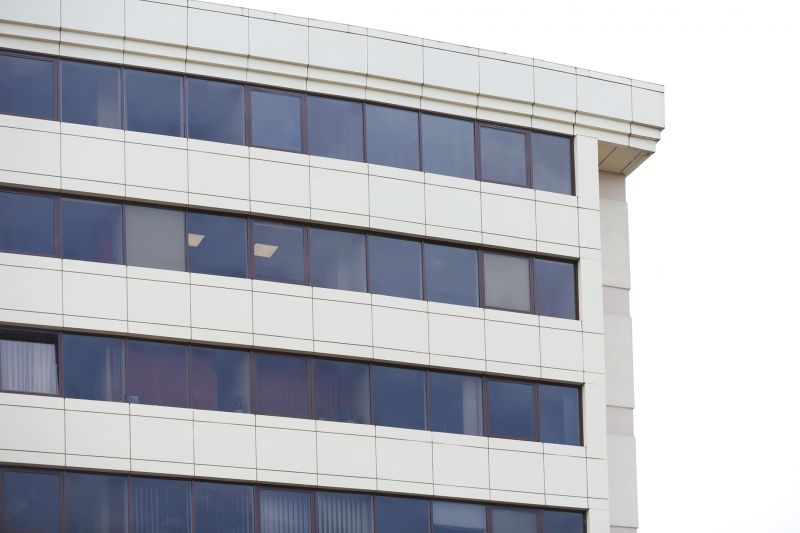
Planning around business cycles optimizes project timelines.

High-end options that actually feel worth it for Windows Installations.

Finishes and colors that play nicely with Windows Installations.
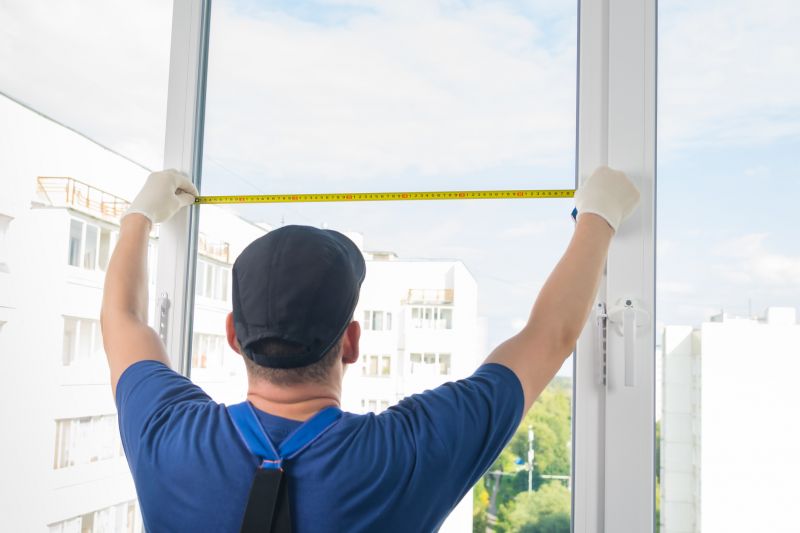
Little measurements that prevent headaches on Windows Installations day.

A 60-second routine that keeps Windows Installations looking new.
| Best Time Factors | Details |
|---|---|
| Weather Conditions | Moderate temperatures in spring and fall are ideal. |
| Operational Demand | Schedule during low-traffic periods to minimize impact. |
| Project Deadlines | Allow sufficient lead time before critical dates. |
| Maintenance Windows | Coordinate with existing maintenance schedules. |
| Hardware Availability | Ensure all components are ready before installation. |
| Staff Availability | Plan when technical personnel are accessible. |
| Seasonal Risks | Avoid extreme weather seasons to prevent delays. |
| System Compatibility | Update systems during planned upgrade cycles. |
Considerations for Scheduling Windows Installations
Timing is crucial for successful Windows installations. Factors such as hardware readiness, project scope, and organizational schedules influence the optimal window. Proper planning can help avoid delays, reduce costs, and ensure a seamless transition to new systems.
Organizations should evaluate their operational cycles and coordinate with IT teams to select the most suitable timeframes. Regular updates and maintenance windows are also strategic opportunities for installations, providing a controlled environment for deployment and testing.

Assess organizational schedules to identify optimal windows.
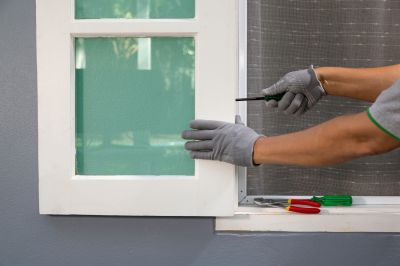
Coordinate with technical teams for minimal disruption.

A frequent mistake in Windows Installations and how to dodge it.

Small tweaks to make Windows Installations safer and easier to use.
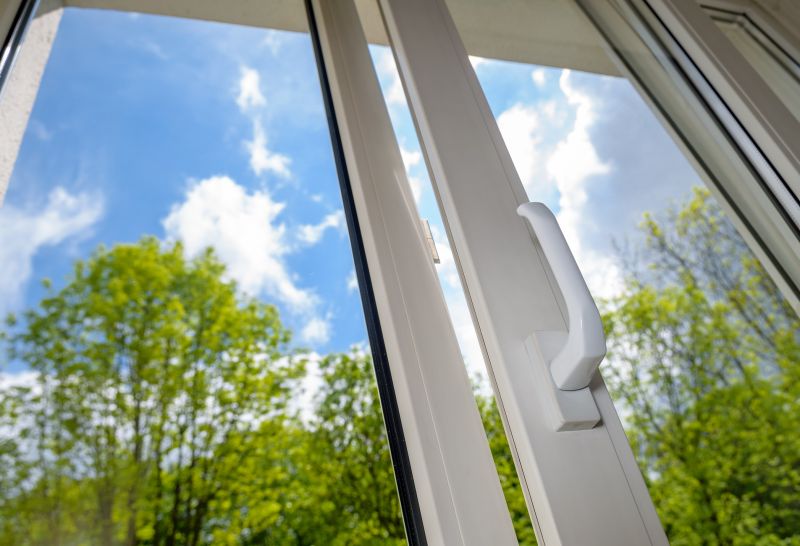
Lower-waste or water-saving choices for Windows Installations.
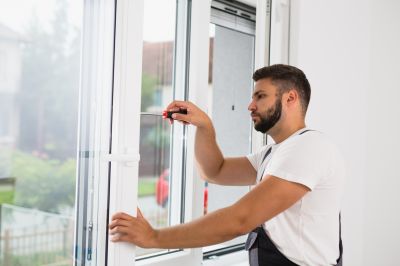
The short, realistic tool list for quality Windows Installations.
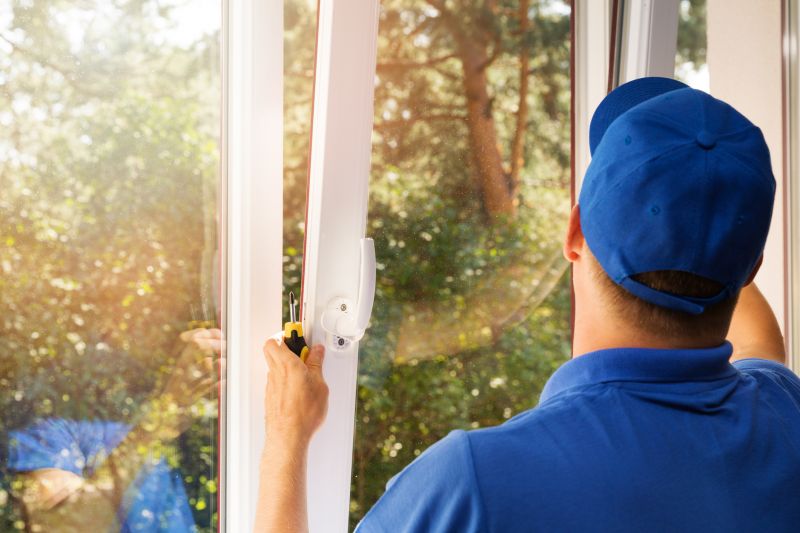
Rough timing from prep to clean-up for Windows Installations.

Quick checks and paperwork to keep after Windows Installations.
Interested in scheduling a Windows installation? Fill out the contact form to discuss available options and ensure your system upgrades are completed efficiently and effectively.






